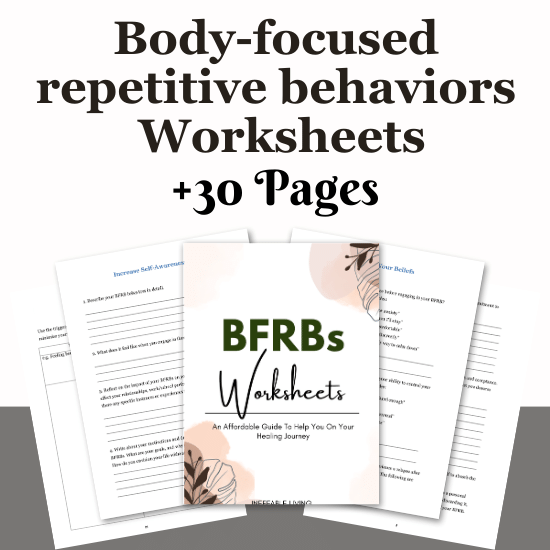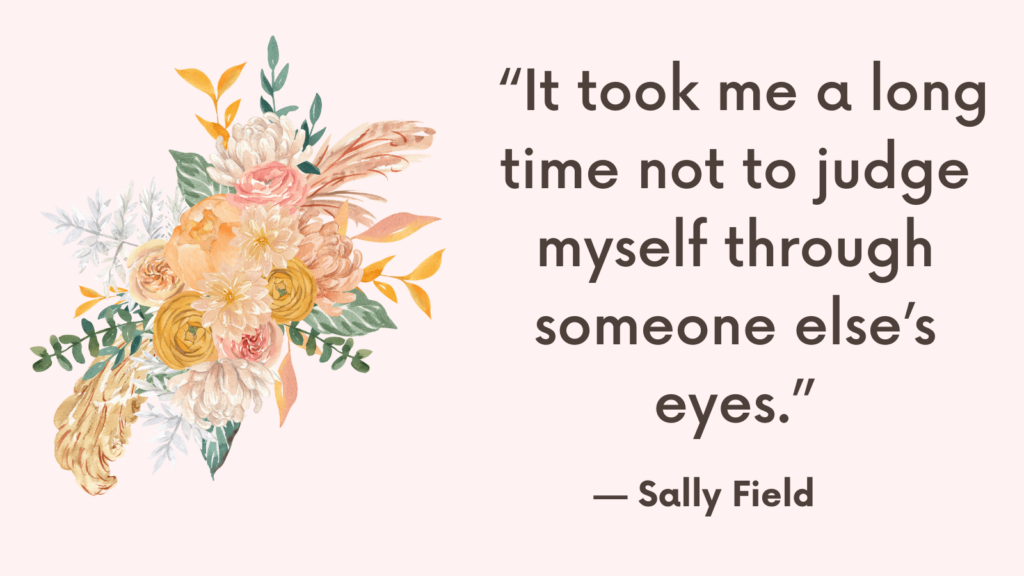When you’re stressed or anxious, do you touch your face, stroke your head, or engage in grooming behaviors like twirling your hair?
These actions are common and often harmless.
However, when they develop into a compulsive urge to pull out your hair, leading to bald spots and distress, this is known as trichotillomania.
What is Trichotillomania?
Trichotillomania, also known as hair-pulling disorder, is a mental health disorder characterized by repetitive urges to pull out one’s hair.
This behavior isn’t limited to the hair on your head; individuals may pull hair from their eyebrows, eyelashes, and other body parts.
This compulsive cycle often involves a sense of increasing tension before pulling and a sense of relief or pleasure afterward.
Some individuals have rituals associated with pulling, such as examining or biting the hair follicle, and in some cases, even eating the hair.
The Challenge of Breaking the Cycle
Trichotillomania can be incredibly challenging to break due to the reinforcing nature of the behavior.
The sense of relief or pleasure that follows hair-pulling reinforces the cycle, making it difficult to stop.
What Are BFRBs?
Trichotillomania is classified within a group of disorders known as obsessive-compulsive and related disorders, including OCD, body dysmorphic disorder, hoarding, skin-picking disorder (excoriation), and other BFRBs.
BFRBs encompass behaviors like nail-biting, lip-biting, and cheek-chewing.
These behaviors can become severe, leading to significant physical damage, such as missing large chunks of hair or skin, and often accompanied by feelings of shame, guilt, or loss of control.
Related: Best 9 Body-Focused Repetitive Behaviors (BFRBs) Books
Who Is Affected?
Approximately 0.5%-2% of American adults and teenagers have trichotillomania. (source)
Although women present more frequently for treatment, studies suggest men and women are equally likely to experience the disorder. (source)
The discrepancy in treatment-seeking may be due to cultural pressures on women.
Causes of Trichotillomania
The causes of trichotillomania are complex and multifaceted, likely involving biological, psychological, and environmental factors.
Some people may be genetically predisposed to the disorder, as it often runs in families and overlaps with OCD, autism, and ADHD.
Additionally, significant life events, such as trauma or loss, can trigger the onset of symptoms.
BFRBs often arise as responses to regular emotions like stress or boredom, creating a reinforcing cycle of behavior.
Related: Top 10 Practical CBT Exercises For Generalized Anxiety Disorder Relief
Trichotillomania: How to Overcome Hair-Pulling Disorders?
1. Habit Reversal Training (HRT)
Habit Reversal Training is a specialized form of Cognitive-Behavioral Therapy (CBT) that focuses on replacing the hair-pulling behavior with healthier alternatives. It involves three main steps:
Step 1: Awareness Training
Objective: Identify triggers for hair-pulling.
– Keep a Journal: Record instances of hair-pulling, noting the time, place, emotional state, and any specific thoughts.
– Identify Patterns: Review the journal to identify common triggers, such as stress, boredom, or specific environments.
– Increase Self-Awareness: Pay attention to body sensations and cues that precede hair-pulling, such as touching or playing with hair.
Step 2: Developing a Competing Response
Objective: Find actions that interfere with hair-pulling.
– Choose a Physical Alternative: Use a stress ball, fidget spinner, or any object that keeps your hands busy.
– Engage in Activities: Pick up hobbies like crocheting, knitting, or drawing that require the use of both hands.
– Change the Environment: Modify your surroundings to reduce triggers. For example, wear gloves or keep hair tied back.
Step 3: Building a Support System
Objective: Enlist help from friends and family.
– Inform Loved Ones: Share your struggles and goals with trusted friends and family members.
– Set Up Reminders: Ask them to provide gentle reminders when they notice hair-pulling.
– Seek Emotional Support: Rely on your support system for encouragement and motivation during challenging times.
Related: High Functioning Anxiety Test (& How To Support Anxiety Recovery)
2. Acceptance and Commitment Therapy (ACT)
Acceptance and Commitment Therapy helps individuals manage urges by recognizing and accepting them without acting on them. It involves techniques like cognitive diffusion and mindfulness.
Cognitive Diffusion Skills
Objective: Observe thoughts and urges without acting on them.
– “Passengers on a Bus” Exercise: Visualize your thoughts and urges as passengers on a bus you’re driving. Acknowledge their presence without letting them dictate your actions.
– “Leaves on a Stream” Meditation: Imagine placing each thought or urge on a leaf and watching it float down a stream. This helps in detaching from the urge.
Mindfulness Training
Objective: Create space between thoughts and actions.
– Practice Mindfulness Meditation: Spend a few minutes each day focusing on your breath and observing your thoughts without judgment.
– Body Scan Exercise: Regularly perform a body scan to become aware of any tension or urges, allowing you to address them before they lead to hair-pulling.
– Grounding Techniques: Use grounding techniques, such as focusing on your senses, to stay present and reduce the intensity of urges.
Related: Top 7-Day Acceptance Challenge For A Peaceful Life
3. Joining Support Groups
Support groups can provide a sense of community and shared experience.
Look for local support groups for trichotillomania or related disorders.
Join online communities where you can share experiences and coping strategies.
4. Stress Management and Healthy Habits
Reducing stress and maintaining a healthy lifestyle can decrease the frequency of hair-pulling episodes.
Engage in physical activities like walking, running, or yoga to reduce stress and improve mood.
Eat nutritious foods to support overall mental and physical health.
Aim for 7-9 hours of sleep each night to enhance emotional regulation and reduce stress.
Related: Half-Smiling Technique to Reduce Emotional Distress
Overcoming Shame and Seeking Help
Shame and lack of awareness are significant barriers to seeking treatment for trichotillomania and other BFRBs.
Understanding that these conditions are treatable and seeking professional help can lead to significant improvements.

Conclusion
Trichotillomania and other BFRBs can be distressing and challenging to manage, but they are treatable with the right approach.
If you or someone you know struggles with trichotillomania, don’t hesitate to seek professional help and support.



